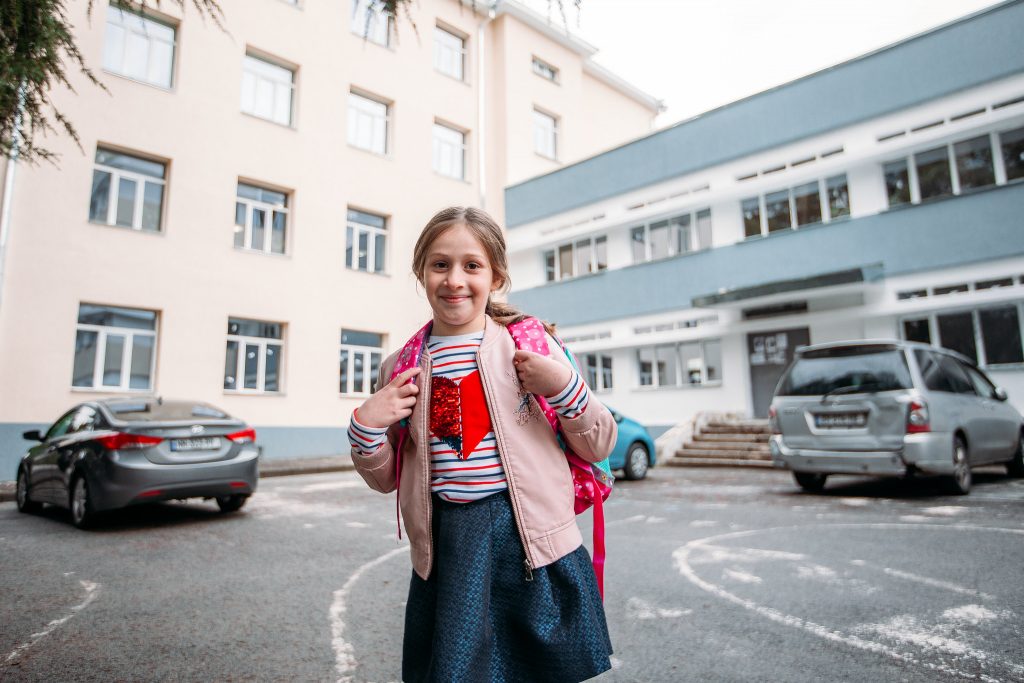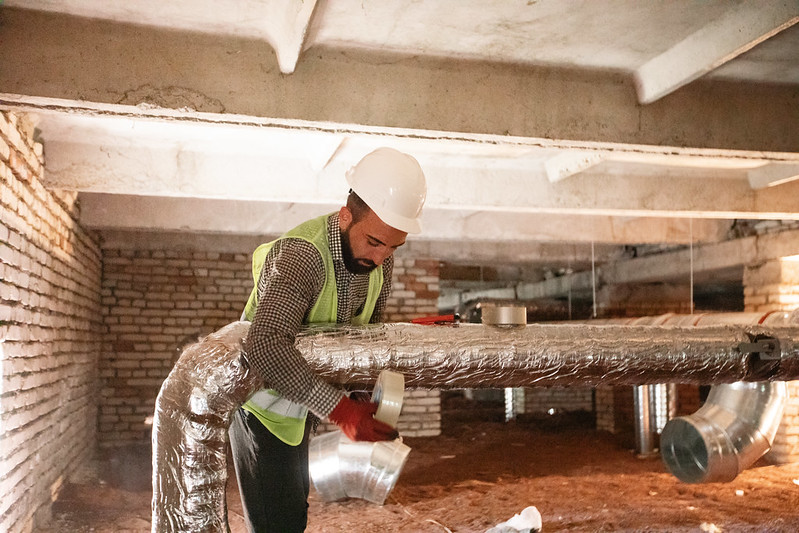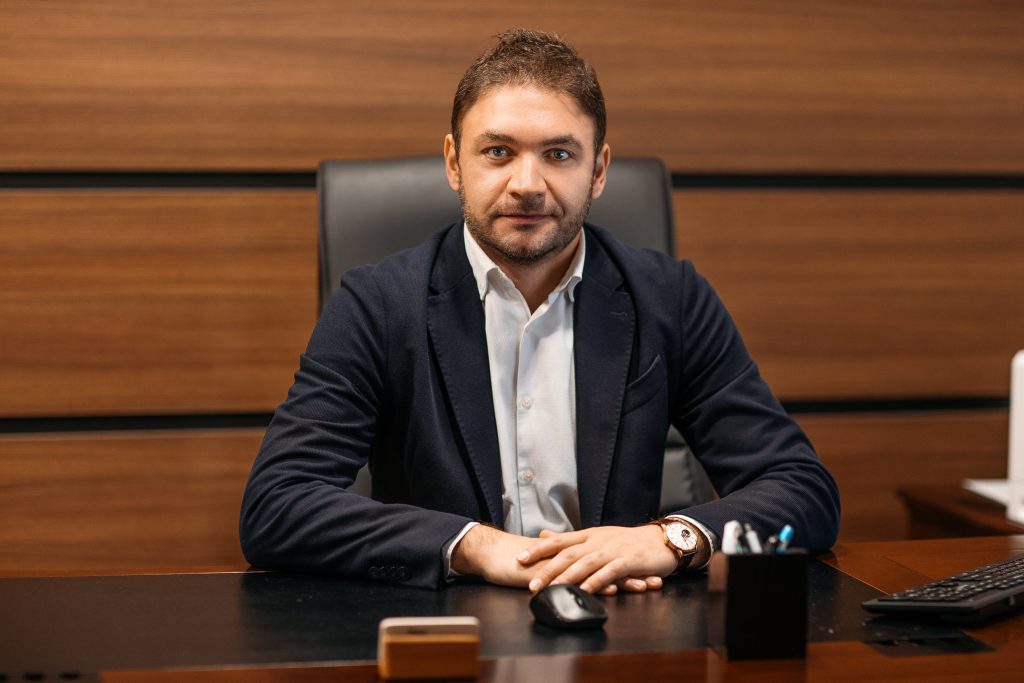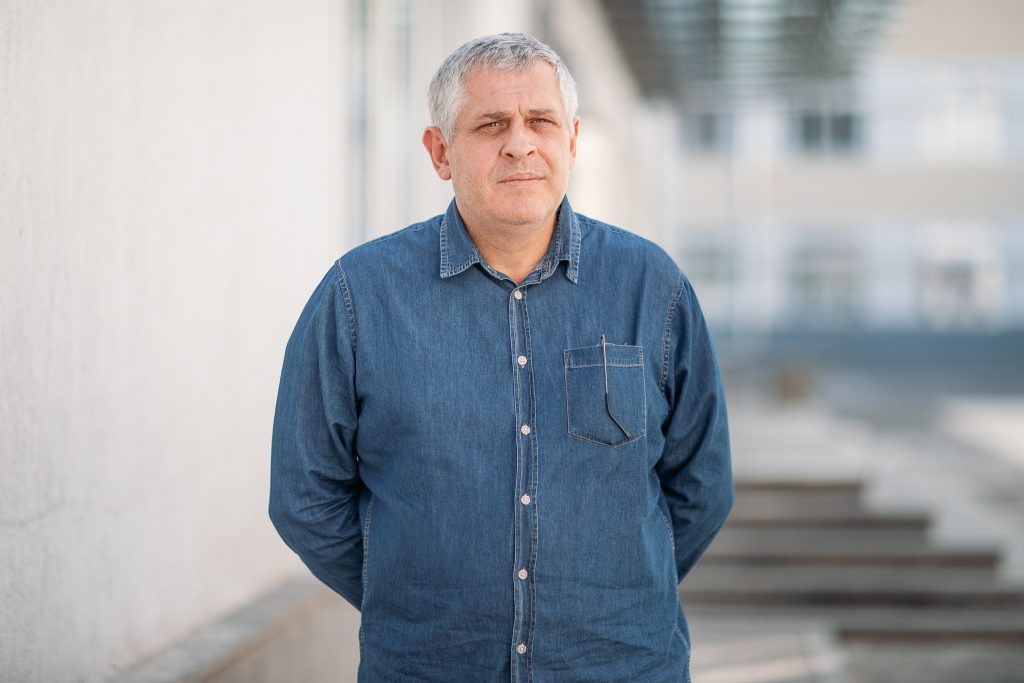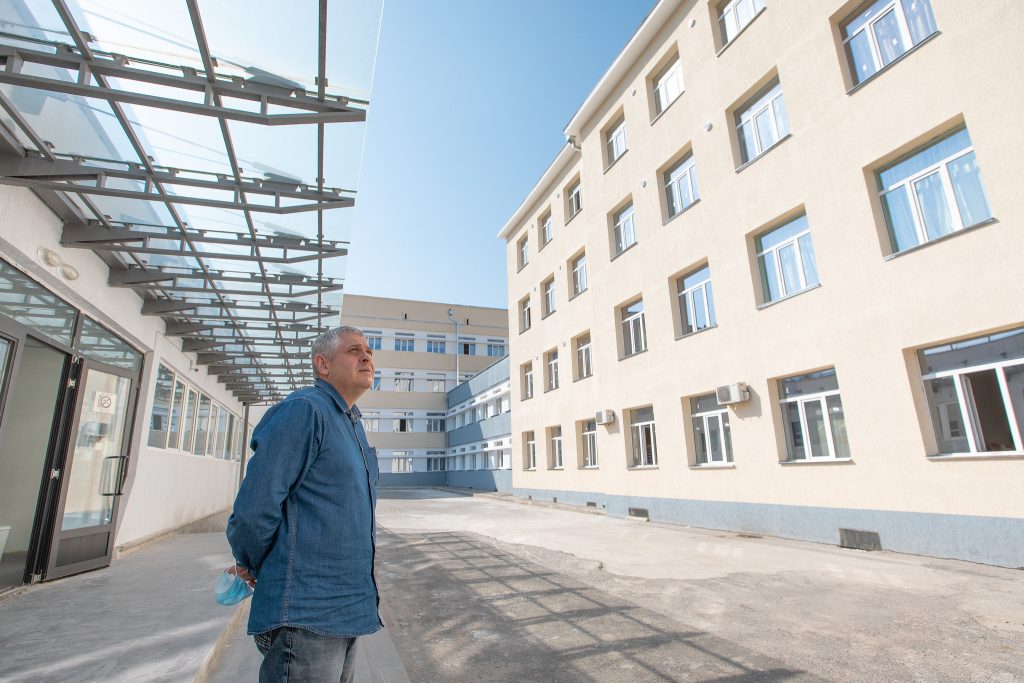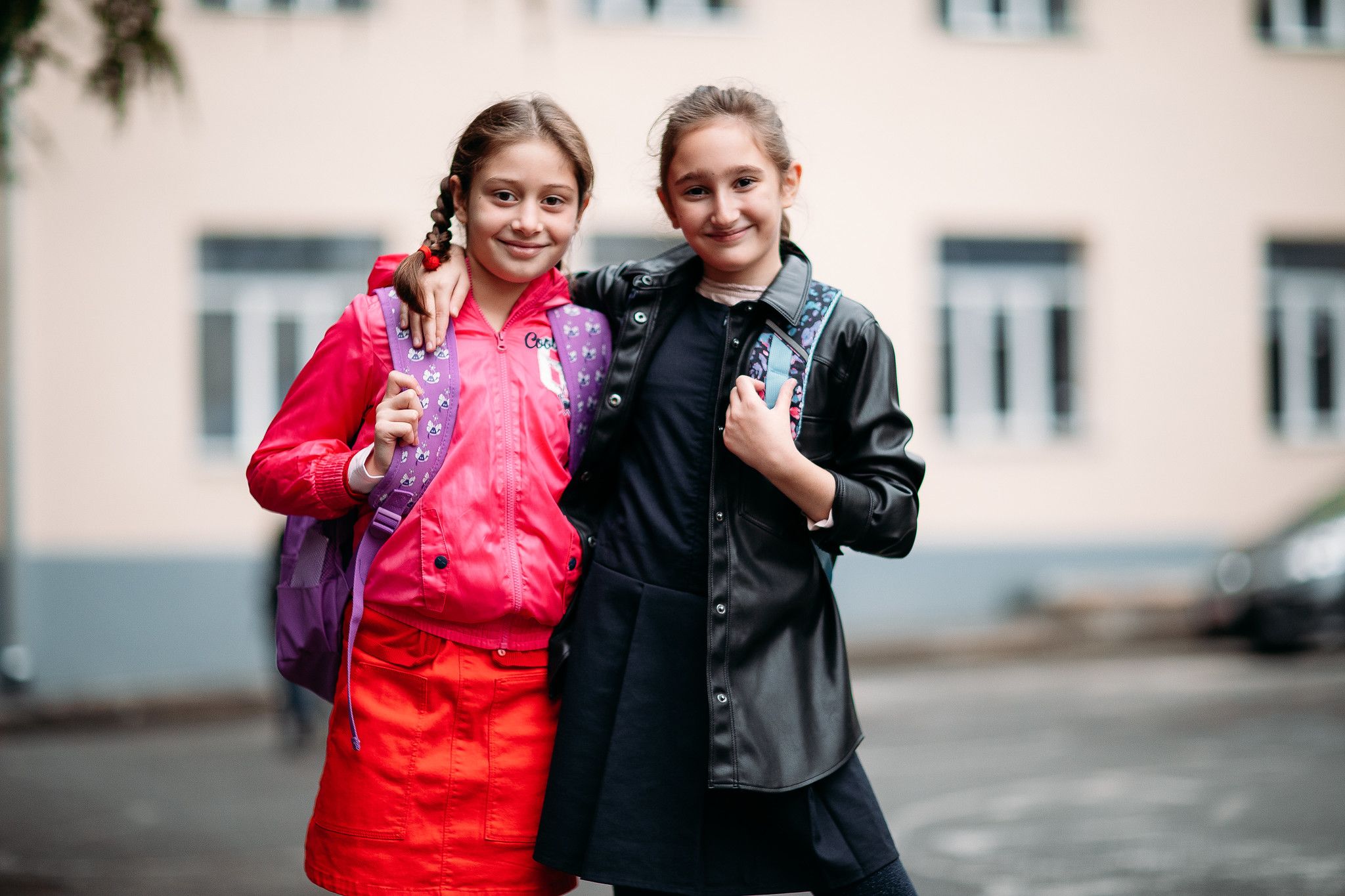
Energy-efficient schools and day care centres – a real opportunity for Georgia?
One of Georgia’s priorities for 2019–2020 is to increase the energy efficiency of public buildings, including day care centres and schools. On the one hand, this will reduce municipal costs, and on the other, it will lay the foundations for a new environmentally conscious system.
The Nordic Environment Finance Corporation (NEFCO) and the Eastern Europe Energy Efficiency and Environment Partnership (E5P) are currently helping Georgia with this work. The international financial institution and the E5P partnership are helping tens of schools and day care centres to become more energy efficient by financing the project ‘Energy efficiency improvements in public buildings and the use of renewables and alternative energy in Georgia’.
NEFCO Investment Manager Vivi Avikainen believes that such investments are important not only for saving costs and protecting the environment:
“Often schools and day care centres are not heated well, so the rehabilitation works will also have a positive impact on children’s health.”
The project is implemented by the Municipal Development Fund (MDF).
Key energy efficiency legislation and the NEFCO project
According to the Energy Community Treaty, Georgia has committed to implement several EU directives and regulations on electricity and gas markets, security of supply, renewable energy, energy efficiency and statistics.
In May 2020, Georgian authorities adopted the laws on Energy Efficiency and Energy Performance of Buildings with the main goal to save energy, and increase energy independence and security of energy supply. This will also help the country to meet its international obligations in fighting climate change and strengthen its energy links with the EU. The new legislation will also help Georgia to improve the energy performance of new constructions and buildings in line with EU standards.
This means that in the coming years, Georgia has to develop a unified policy on efficient energy use, which in itself implies use of alternative energy in public and private buildings.
The implementation of this piece of legislation is supported by the EU, and envisaged by the EU–Georgia Association Agreement. The key energy efficiency legislation was developed by the government of Georgia in collaboration with the Energy Community Secretariat, the EU-supported initiative ‘EU4Energy’ and the European Bank for Reconstruction and Development. ‘EU4Energy’ addresses energy supply, security and connectivity issues in the Eastern partner countries, and promotes the use of renewable energy sources.
The first results of the law should be apparent in 2021. By this time, the country should have in place a specific action plan to increase energy savings.
To achieve this goal, in 2018 Georgia signed loan and grant agreements with NEFCO and E5P, and received over €5.1 million in investments, including €1,870,000 in the form of grants. The project is planned to be completed in 2021 and covers
26 public buildings. Its implementation is co-financed by Danida.
The Municipal Development Fund hopes that with the money saved on energy, the buildings will get their return on investment in five years.
“In terms of increasing the energy efficiency of public buildings, this project is actually a pioneer,” says David Tabidze, first deputy CEO of the MDF.
The MDF currently supervises eight contracts, covering 21 public buildings throughout Georgia. They comprise 10 public schools, seven day care centres and four administrative buildings. The cost of the eight signed contracts is GEL 12.5 million (over €3.3 million). Two more schools in Tbilisi will be added to the list, when the tendering process is completed.
“According to the signed agreement, grants should be spent only on products related to energy efficiency and reduction of carbon dioxide emissions, etc. Unfortunately, our public buildings are quite old. To explain it better, I would say that in the framework of the project walls in the number of buildings have to be heat insulated – i.e. special material should be attached to the walls. But as the condition of these buildings is not so good, we have to consolidate the walls at first, and then undertake various activities to improve energy efficiency,” Mr Tabidze says.
What measures were implemented for schools and day care centres?
Tbilisi Experimental School No. 1 is one of the schools undergoing energy modernisation. The school has 2,600 students and Principal Giorgi Shavladze says it can pay up to GEL 60,000 (around €16,000) in municipal services per year.
“We usually pay a vast amount of money for heating in the winter, as the school has a large space, three buildings. We hope these costs will go down substantially, so we can use the savings, for example, for classroom equipment and fixing technical issues,” Mr Shavladze says.
A total of GEL 1.6 million (nearly €430,000) is allocated for rehabilitating day care centres, most of which are located in Akhaltsikhe.
In the majority of the day care centres, the walls should be consolidated with rock wool, and special recuperators (devices for ensuring clean air in rooms) will be set up, while in some of the buildings water supply will be improved and special heating system will be installed.
Marina Merabishvili, head of the Akhaltsikhe Preschool Association, says that around 1,000 children attend these day care centres.
“The project is also important, as it will considerably reduce the costs for municipal services, and the money saved will give us a variety of opportunities. For example, we can renew our inventory every year, such as teaching materials, toys, etc.,” says Marina.
“It’s a small step in the right direction”
“It’s a small step in the right direction,” says Ms Avikainen about the energy efficiency project.
The investment manager believes that, in spite of covering only a number of public buildings in Georgia, the project shows that the newly adopted Law on Energy Efficiency can be implemented successfully.
“We hope the project will also encourage more investments in increasing energy efficiency in public buildings,” she adds.
As a result of this project, 10,000 people, including children, teachers, and municipal staff, will have a better work and learning environment. The project will also reduce carbon dioxide emissions by 1,300 tonnes per year and save an average of €200,000 on energy.
Author: Nino Bidzinashvili
Article published in Georgian by Netgazeti.ge.
